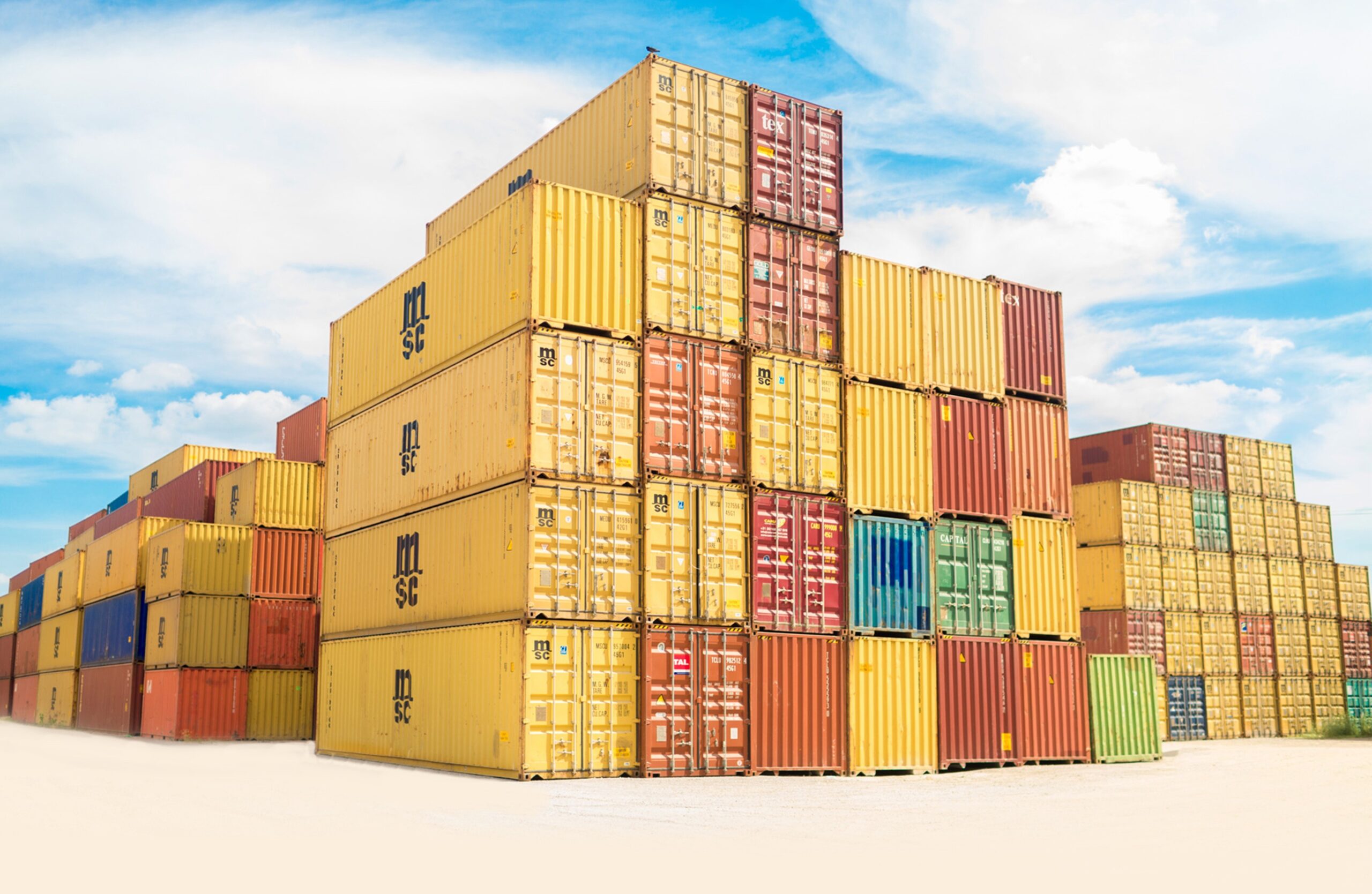
Uncertainty and volatility in the global trade environment continues to rock the U.S. economy.
Executives are realizing the relative stability enjoyed by global supply chains over the past two decades is now shattered. As they desperately try to mitigate the negative impacts of existing and potential future tariffs, one main stumbling block consistently stops them dead in their tracks: data that’s dispersed, outdated, or impossible to analyze in a timely manner.
Incorta, a Silicon Valley-based company redefining enterprise data analytics, offers a platform that allows supply chain leaders to quickly bring together huge amounts of disparate data for analysis and scenario modeling, so they can quickly overcome this obstacle. Incorta-powered companies understand, within minutes or hours, the impacts of tariffs across the entire business, and can evaluate alternatives to mitigate impacts and re-optimize their business for the best possible financial outcome. They even gain a competitive advantage along the way.
Before Incorta, companies tackling these challenges typically created a war room where they attempted to manually analyze tariff-related issues sequentially over weeks or months. With underlying data changing constantly, the resulting analyses became outdated as soon as they were compiled, before they could result in any impactful decisions.
Now, Incorta’s powerful and flexible platform seamlessly brings together all of the critical systems and data needed for tariff analysis. Incorta-powered operational intelligence dashboards let supply chain leaders simultaneously understand a comprehensive picture of their overall supply chain picture as well as its underlying, real-time, transaction-level details, for the utmost in tariff impact analysis.
In our new demo of real-time operational intelligence dashboards, we demonstrate Incorta’s ability to understand the impacts of the Chinese tariffs across an entire business—via top-level analysis as well as by diving into full transactional details. Specifically, we review how Incorta insights can better inform three common variables supply chain leaders and company executives frequently consider altering when responding to the challenges posed by tariffs:
1. Expedited Shipping & Production
By joining tariff dates and rates to company data, companies not only can calculate projected tariff liabilities, they also can highlight specific opportunities to expedite shipping and production to minimize tariff impacts.
2. Alternate Vendors
Leveraging data across all potential vendors in a supply chain, Incorta insights can highlight the optimal vendors based upon different tariff scenarios. For instance, you can ask and answer critical questions like, “What are my options for switching to secondary suppliers outside of China upon the imposition of 25 percent China Tariffs?”
3. Customer Pricing
Incorta insights help companies understand the impact of new or potential tariffs on gross margins across the board—for the entire company, by product line, by item, or by customer. You can ask and answer important questions like, “What are the pros and cons of taking a gross margin hit versus raising prices with my customers?” Based on the detailed insights Incorta provides, you may decide, for example, to craft a multi-pronged strategy differentiated by customer and/or by item group instead of taking a broad-brush, generalized approach.
In the face of the China Tariff crisis, become a supply chain hero. See firsthand how Incorta empowers you to proactively manage tariffs. I welcome the opportunity to show you. Contact me directly at brian.keare@incorta.com.